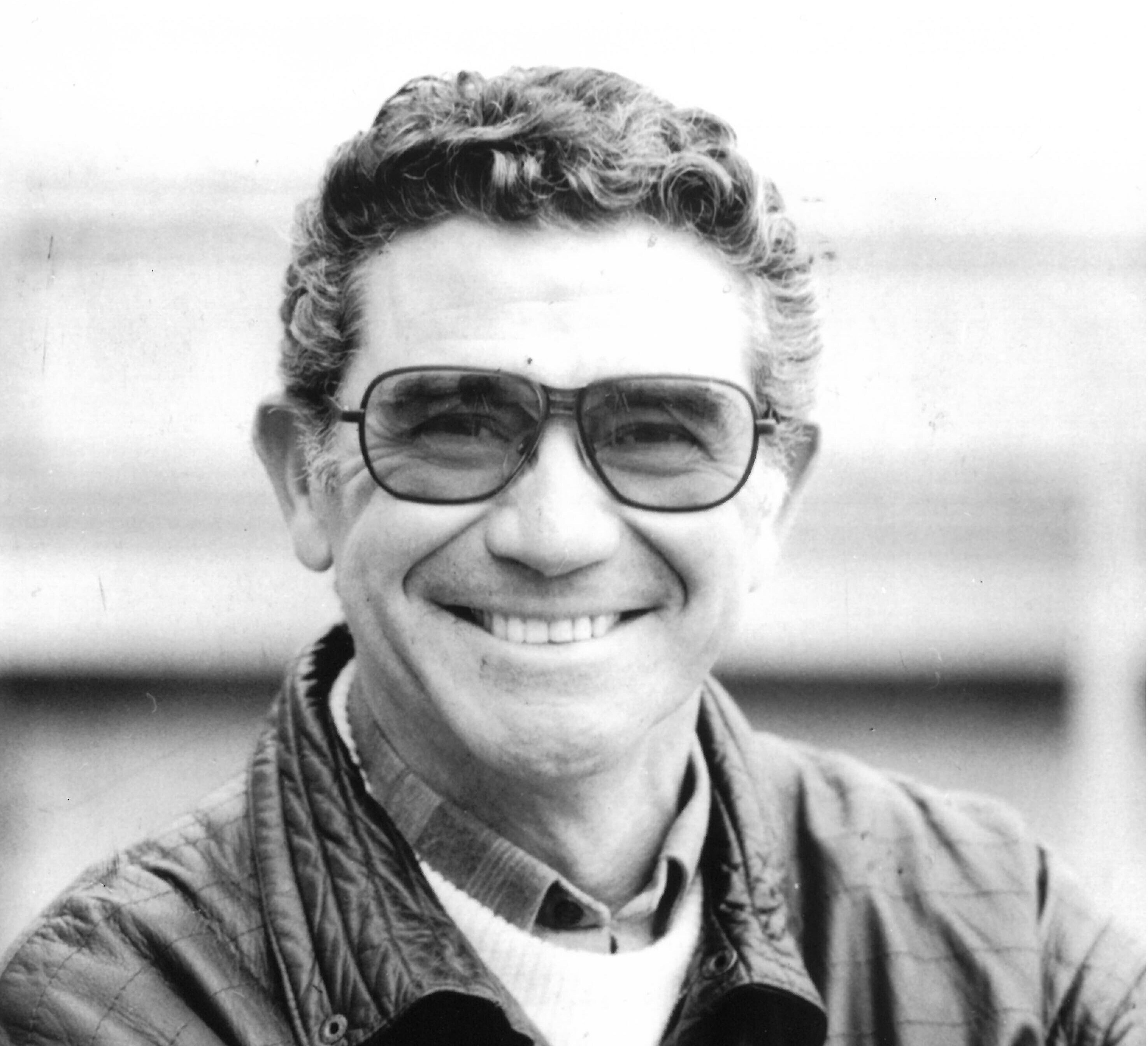News

1930 – 2025
The Staatsballett Berlin mourns the passing of Ray Barra. A dancer, ballet master, and choreographer, he was associated with the ballet company of the Deutsche Oper Berlin across multiple periods. He first served as ballet master under the artistic direction of Sir Kenneth MacMillan (1966–1970) and later returned in 1994 when intendant Götz Friedrich called on him to take over as interim ballet director for six months. In the end, he remained for two more years.
Born in San Francisco, Barra trained at the San Francisco School of Ballet and the school of the American Ballet Theatre. His career began in 1949 at the San Francisco Opera, though it was briefly interrupted when he served for two years in the Korean War. From 1953 to 1959, he danced with the American Ballet Theatre in New York, during the era of Nora Kaye, John Kriza, and Lupe Serrano, as well as on Broadway. After a European tour in 1959, he decided to stay in Germany, joining Stuttgart Ballet while it was still under the artistic leadership of Nicholas Beriozoff. There, he performed principal roles in Beriozoff’s The Sleeping Beauty and John Cranko’s Romeo and Juliet (1962), Swan Lake (1963), The Firebird (1964), and Onegin (1965). He also danced in Kenneth MacMillan’s Las Hermanas (1963) and Song of the Earth (1965), both of which were created for him.
A rehearsal injury forced him to retire from the stage at just 36, but he found his true calling as a ballet master. Under the direction of John Neumeier, he worked with dancers at the Frankfurt Opera Ballet (1970–1973) and Hamburg Ballet (1973–1976), becoming Neumeier’s leading ballet master for many years. He coached dancers in Neumeier’s repertoire and assisted with his new creations. From 1985 to 1990, he took on a rare role for an American at the time, joining the leadership team of the Spanish Ballet Clásico de España (now Compañía Nacional de Danza), succeeding Víctor Ullate and María de Ávila—both key figures in Spain’s classical ballet scene. There, he began choreographing, creating over a dozen successful works, some full-length. Later, invitations to stage adaptations of classical ballets and new productions took him to the Washington Ballet, the Bavarian State Ballet in Munich, the Greek National Ballet in Athens, and the Karlsruhe State Theatre.
For the ballet of the Deutsche Oper Berlin, he choreographed Wiederkehr, a place remembered (1995, set to music by Sergei Rachmaninoff) and The Snow Queen, a full-length narrative ballet (1995), which was revived in 2005 under Vladimir Malakhov’s directorship. During his tenure, he also brought John Cranko’s Onegin to the Deutsche Oper Berlin—a deeply meaningful achievement, as he had been in the original 1965 cast, dancing the title role. Having worked closely with Cranko, he was able to pass on the choreography in its purest form. Both the ensemble and audiences were profoundly grateful, and his contributions are still spoken of today.
Barra lived his life openly as a gay man, sharing a 54-year partnership with Maximo Barra. He ultimately made his home in sunny Andalusia, where he passed away in Marbella on 26 March 2025 at the age of 95.
Ray Barra lived for dance. Those who worked with him describe him as a master of movement, achieving an effortless flow that takes years of dedication to perfect. As a performer, he was sincere in his artistry; as a mentor, he was generous and inspiring. His radiant personality put people at ease, while his leadership was both demanding and fair—an elegant, humorous, and kind-hearted gentleman.
This is how he will be remembered by the Staatsballett Berlin—with profound gratitude for having had such an extraordinary artist and remarkable human being as part of its history.
The Artistic Director
